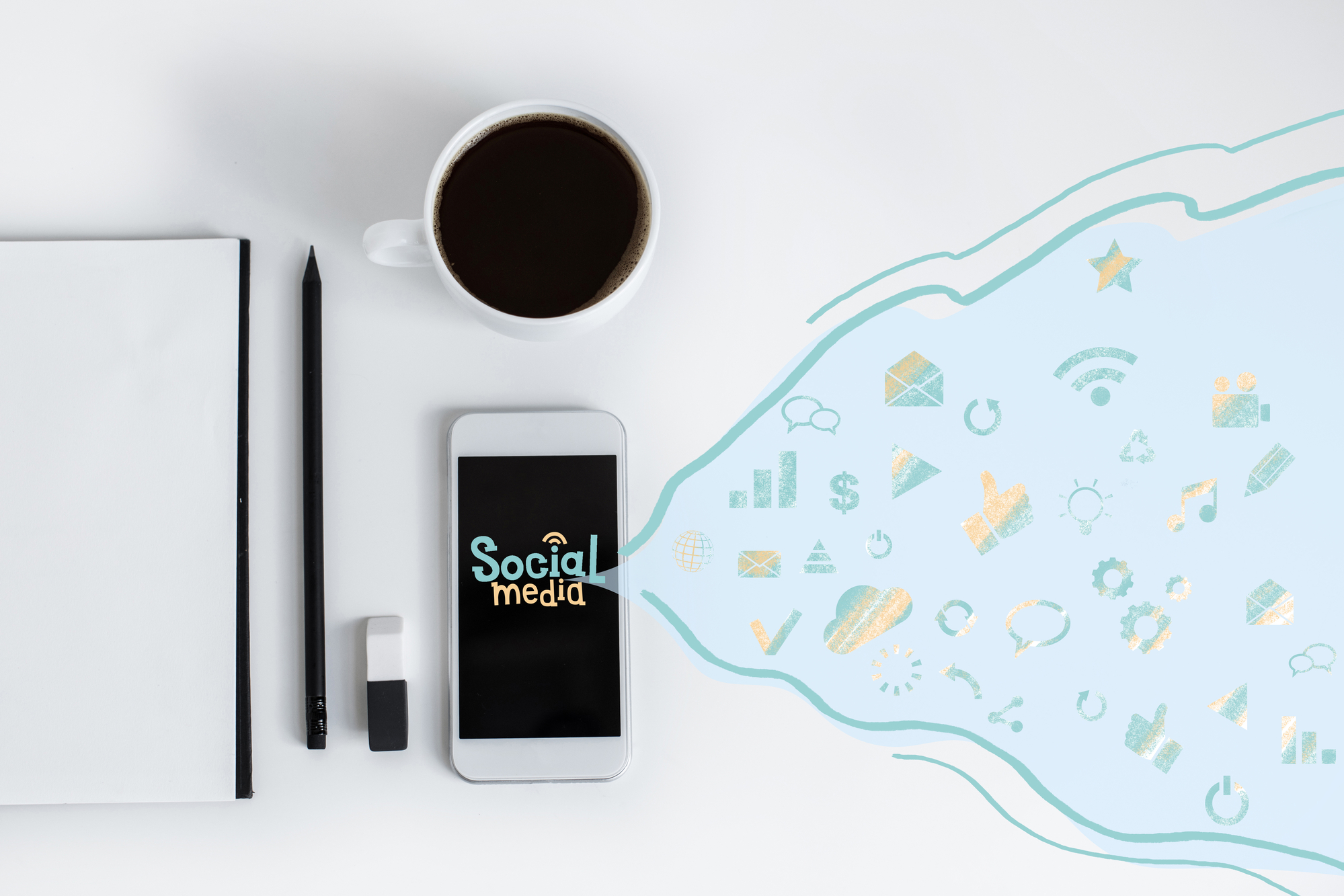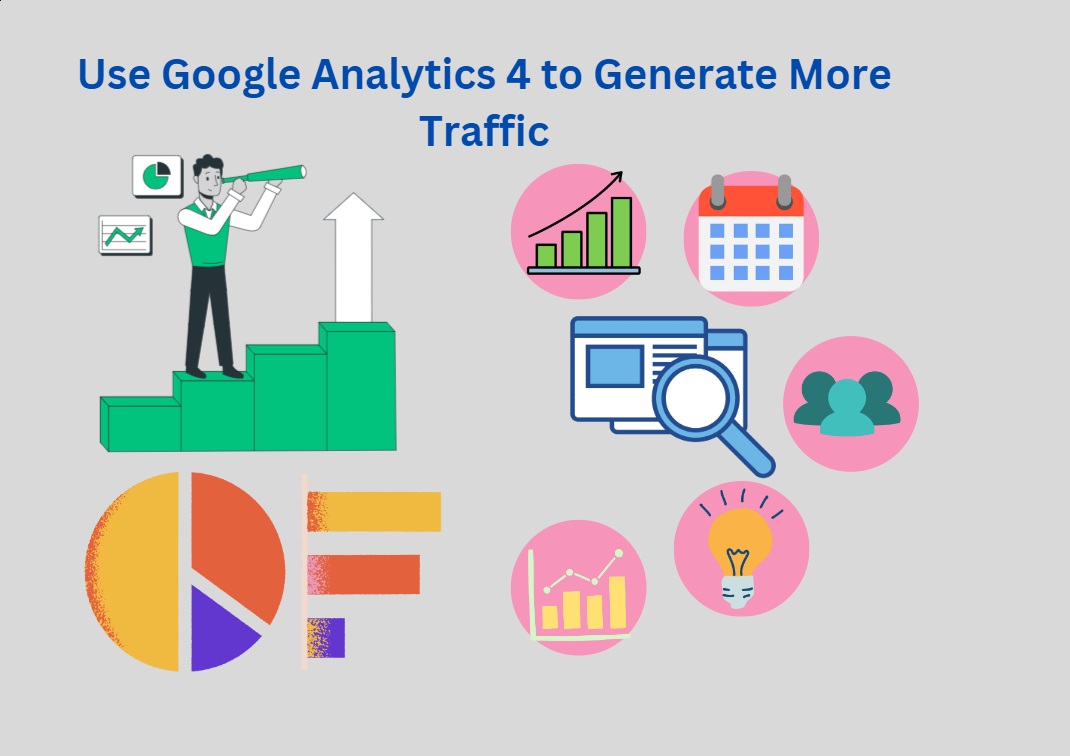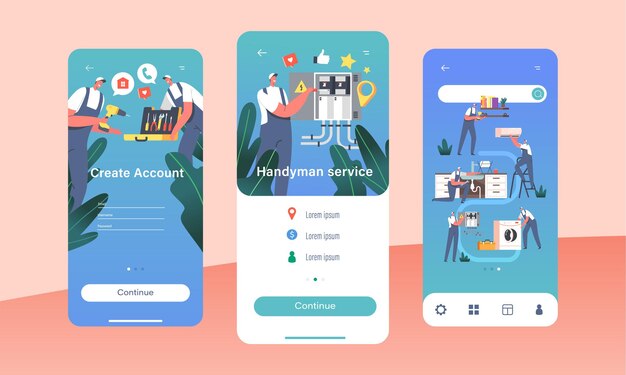How Social Media Marketing Has Changed During COVID-19
When COVID-19 overturned the order of the world, people and businesses were unsure about the future. Social media marketing had to adapt to the new ways of the world, and stay-at-home mandates made it so that more people were spending time online.
During uncertain times, it’s important for businesses to be sensitive to the current social climate of the world – if not, they risk giving customers the impression that they are ignorant of their struggles.
When COVID-19 First Struck
Justin Hill from Hill Law Firm said that his team has found that there was a lot of engagement early on with posts and information regarding COVID-19. Then, likely due to the flood of those posts, that engagement disappeared. He shared that when the engagement ended, the business pivoted back to normal for social media.
We tend to include more about working from home and strategies for coping with the new normal but very little about the virus.”
A global pandemic is an unprecedented experience for everyone, and when COVID-19 first struck, the world was plagued with uncertainty. It wasn’t clear how life would look in weeks or months, or if there would ever be a return to normal. The virus created changes across every industry, from the education system to the retail market. Around the globe, workspaces and schools were shut down, and people were ordered to stay at home. To survive these trying times, businesses had to adapt to the new climate.
Jaime Huffman a marketing professional and travel blogger from Charleston Blonde Social points out that social media marketing during the coronavirus required flexibility, innovation, and a strong focus on maintaining a sense of community spirit and helpful information.
On the same note, Mazen Aloul the CEO of WebQuest, acknowledges that we are in a time where businesses should be very flexible and be able to immediately adapt to changes. She shared that it is crucial to be creative about it, and take advantage of every situation.
How Did Media Marketing Change?

Hilary Bird, a Marketer and Travel Blogger from Green Van Go described that during the peak of the pandemic, she had slowed down her social posting out of respect to keep attention on fighting it. She explained that it didn’t feel right or appropriate to act business as usual.
If I did post, it would be focused on sharing light or funny ways that we were dealing with quarantine and the toilet paper shortage.”
Kevin Miller, founder and CEO of The Word Counter, recommended that during COVID-19, marketers should connect with their customers by taking the time to survey their audience. Figure out what they need and in what ways your business can contribute to any relief effort that might be necessary.
You do not want to be the company that just writes an email acknowledging what happened and giving your customers information that they already know. It is imperative to focus on what your organization can offer in this time of need and frame it in the right way so that it will be well-received by your customer base. Going above and beyond for your customers during these uncertain times will speak volumes to the character that a company has and it will likely outweigh the upfront financial investment that is being made.
Kevin’s extensive background in SEO, paid acquisition, and email marketing has provided him with the skill set to strive in these trying times. He shared the following advice:
Try using social media to connect to your audience by doing a public donation of supplies, health materials, or funds to help your audience and customer base. Creating a poll on Facebook to see what items or resources would make the biggest impact for your audience is a very smart way to engage your audience. It also helps you determine where you can have the largest impact. Lastly, it builds valuable goodwill with your customers and potential future customers as well.”
Moving forward, while accepting the challenges
Sam Williamson, the owner of CBDiablo, shared that despite the slow reopening they are experiencing, they still insist on acknowledging the pandemic within their social media posts.
We don’t believe that our customers will be feeling back to normal quite yet, and we don’t want to give off the impression that we’re ignorant of that. What we’ve found to be effective is to acknowledge the state of the world, but to talk about it in a positive manner. Social media is the ideal place to do that.”
COVID-19 Fatigue

Dan Bailey, the president of WikiLawn, expressed that he believes COVID-19 fatigue is definitely an issue. He said he has noticed that a lot of people in Austin seem to act like the pandemic is over and there’s no reason to take precautions anymore. They were tired of pandemic-focused marketing well before that point.
WikiLawn’s marketing strategies have mostly returned to normal. They are currently using a pull marketing strategy to try and draw organic traffic back to their website.
Dan said
Organic traffic has been down significantly for the past two months. During the pandemic, we were focused on securing leads with customers so that we had them available to present to clients. Now we’re in the phase where we’re trying to draw in more clients to funnel those leads to, and it takes more direct marketing techniques. I know as a consumer I got tired of seeing those ads (especially when all companies had the same messaging) within the first couple of weeks.”
Daniel J. Mogensen, the co-founder of Kodyl.com, a prop-tech startup based in Denmark, thinks readers have become oversaturated with COVID-19 news and references, from their waking moments over the past few months, so it’s definitely time to stop posting about it. He advised that the best content to favor during these times that include COVID-19 as a topic are those that show the silver lining during the pandemic. He shared things such as how the air and water pollution has been reduced tremendously to bring light and positivity to the situation.
Next Steps

Tom, a digital marketing expert and founder of Tom Spicky, agrees that the pandemic has triggered a lot of changes in the way we do business on the marketing front. The pandemic is not over, and even if it is, it’s unlikely for people to return to their buying habits back when everything was normal. The best thing for businesses to do right now is to blend their in-person services with online channels such as social media.
Tom shared the following advice:
Continue implementing delivery, shipping, and online support. Show up consistently in social media but refrain from posting about the virus. People are getting tired of it. It’s all they see on the news, so be the ray of sunshine on their feed so they can somehow feel ‘normal’. Offer your products and services as you normally would, but make sure you’re still implementing solutions that provide convenience to people still staying at home.”
FiG Advertising + Marketing felt that it would be best to avoid COVID-19 posts as much as possible since small businesses are not pandemic SMEs. FiG followed the philosophy of only sharing factual information from proper COVID-19 authorities if the opportunities appeared.
Niles Koenigsberg, a Digital Marketing Specialist at FiG, said:
If we have posted anything about the pandemic, those posts would have been reserved for health and wellness tips and changes to hours of operation. The remainder of our social media marketing has stayed the same throughout the pandemic (e.g., drip-feed evergreen content, video marketing tactics, external articles, etc.).
Our followers were already exposed to so much COVID-19 content throughout the day that we believed that our social media pages should offer reprieve from the constant information downpour of the pandemic.”
When asked the question ‘Do you find your readers tired of reading about the virus?’ Christine Perkett from Mindfull Marketing replied that she does not think people have tired of COVID-19 posts, rather consumers are now more focused on other compelling issues. As COVID-19 isn’t going away anytime soon, brands will have to be careful to not take inappropriate advantage of the issue. She advises that you have to make sure now, more than ever, that your marketing is sincere, helpful, and relevant.
A great example of a sincere and helpful post comes from Eulises Quintero at TITOMA. Her latest post was about how the pandemic has propelled the use of bicycles, electric bikes, and other bicycle-like transportation methods. The idea of moving towards greener transportation methods is a topic that makes their audience happy and drives levels of engagement.
To engage your audience, offer them an escape from the constant bombardment of COVID-19-related news. A key component of marketing is empathy. Many consumers are burnt out from the information overload about COVID-19; even informative posts may come across as tired and recycled. Readers appreciate a break from the stressful events surrounding the global pandemic. Businesses should keep in mind that by now, most people are exhausted from hearing about the virus. People still want content – just not about the virus. Instead, your followers will appreciate posts that promote positivity and support. Like most of us, they just want things to be normal again.












